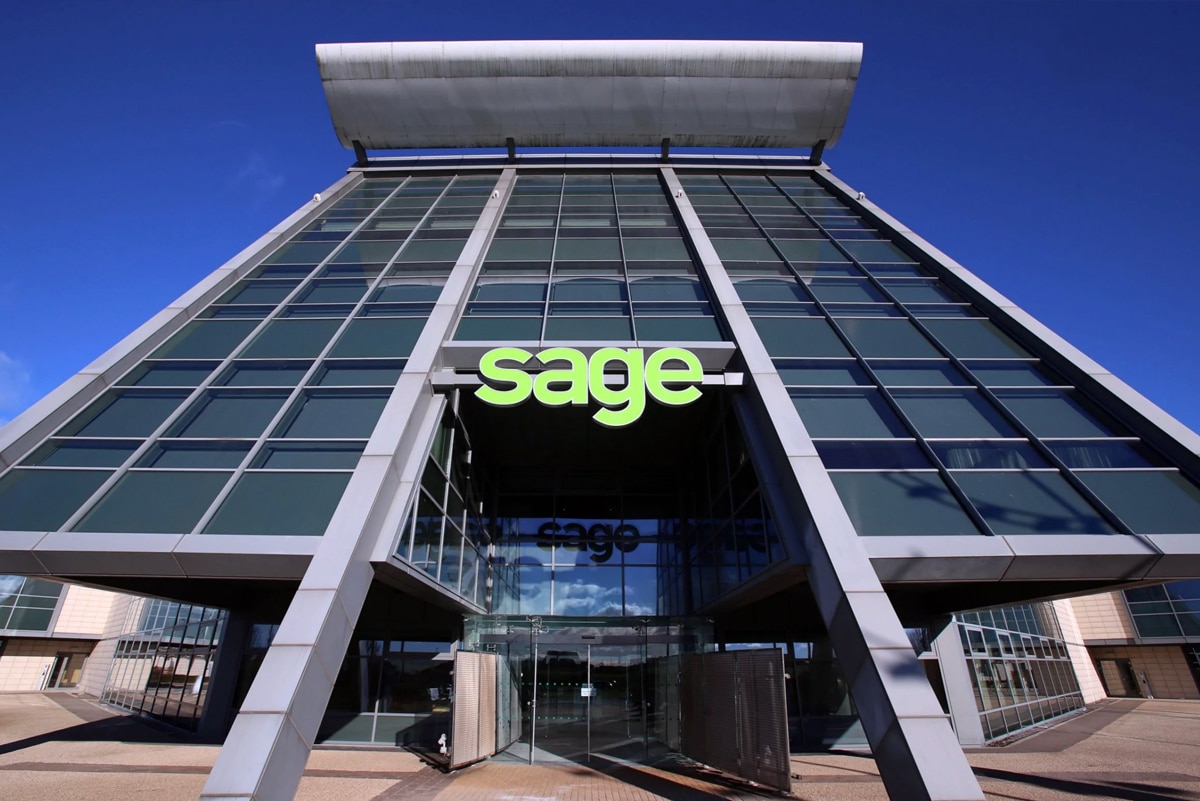COMPARISON | 4 MIN READ
Sage Intacct vs. Sage 300
A Legacy ERP vs. Modern Cloud Accounting comparison.

Sage Intacct and Sage 300cloud offer a wide range of core financial features such as general ledger, sales and order management, accounts payable and receivable, purchasing, reporting, and more. Both integrate well with other applications and offer customization capabilities to help processes and reports meet industry- or application-specific needs. To help you decide which solution is right for your business, let’s look at both.
Legacy ERP vs. Modern Cloud Accounting
Features
Sage Intacct Core Features:
- General Ledger
- Accounts Payable
- Accounts Receivable
- Purchasing
- Order Management
- Cash Management
- Reporting & Dashboards
- Collaborate
Sage 300 Core Features:
- General Ledger
- Accounts Payable
- Accounts Receivable
- Payment Processing
- Bank Reconciliation
- Check and Form Printing
- Multi-currency Support
- Multi-entity Consolidation
Suppose you’re eager to explore additional core and advanced module features offered by Sage Intacct and Sage 300. In that case, our comparison report is the perfect resource for you. Explore a detailed side-by-side comparison report.
Pricing
Implementation Timeline
The amount of time needed to implement these solutions will be unique to your business depending on your needs, the modules you choose to implement, and any additional customizations or integrations that are part of your implementation project. Both Sage Intacct and Sage 300 typically follow a 2- to 3-month implementation timeline, though the process may vary based on whether you’re deploying Sage 300 on-premise or in the cloud. Sage Intacct’s cloud-native architecture can often streamline configuration and setup, while Sage 300 may require more time if local infrastructure, IT coordination, or custom installations are involved. Regardless of the platform, working with an experienced partner can help ensure your project stays on track.
Integrations
Sage Intacct boasts a web-based API that enables it to synchronize with various other software. As a best-in-class solution with robust vertical functionality, Sage Intacct is designed to integrate with other best-in-class products, giving you the flexibility to build your ideal business management system from the tools that best fit your needs.
The Sage Intacct Marketplace houses third-party software and modules from more than 200 providers. These solutions can be installed and applied to your software, expanding its capabilities in just a few simple steps.
On the other hand, Sage 300cloud integrates with preexisting sales and service software, such as Microsoft Office 365 and other CRMs. However, non-Microsoft integrations are likely to encounter misalignment; since Sage 300cloud is desktop software, its updates can lead to limited and difficult-to-maintain integrations with third-party applications.
It’s easy to see how the integration and pricing of these solutions interconnect—Sage 300cloud comes at a lower price than Sage Intacct but requires you to invest in other synchronous software solutions to utilize more advanced features. Sage Intacct requires more expenditure to implement but offers a vast marketplace of other best-in-class modules by developers worldwide.
Sum It Up
If you need a system to manage your core financials plus some basic operational needs outside of the finance department, Sage 300cloud is a good fit. It’s an easy-to-learn that can integrate with well-known software such as Microsoft Office 365.
Or, if you need best-in-class, accounting-specific software, Sage Intacct might be the better choice. As a cloud-based, hosted SaaS solution, Sage Intacct provides all the robust accounting department infrastructure you need without the expensive in-house hardware and software—and all the management and maintenance associated with it.
As a Premier Sage Intacct Partner, Cargas provides high-level service and support to help businesses implement ERP systems. If you’re interested in learning more about Sage Intacct and cloud accounting, please contact us today.
Sage Intacct vs. Sage 300 Comparison Report

Take advantage of our side-by-side comparison report by entering your information: ►

Let’s Chat
Still have questions? Get in touch with our expert team of software professionals.


